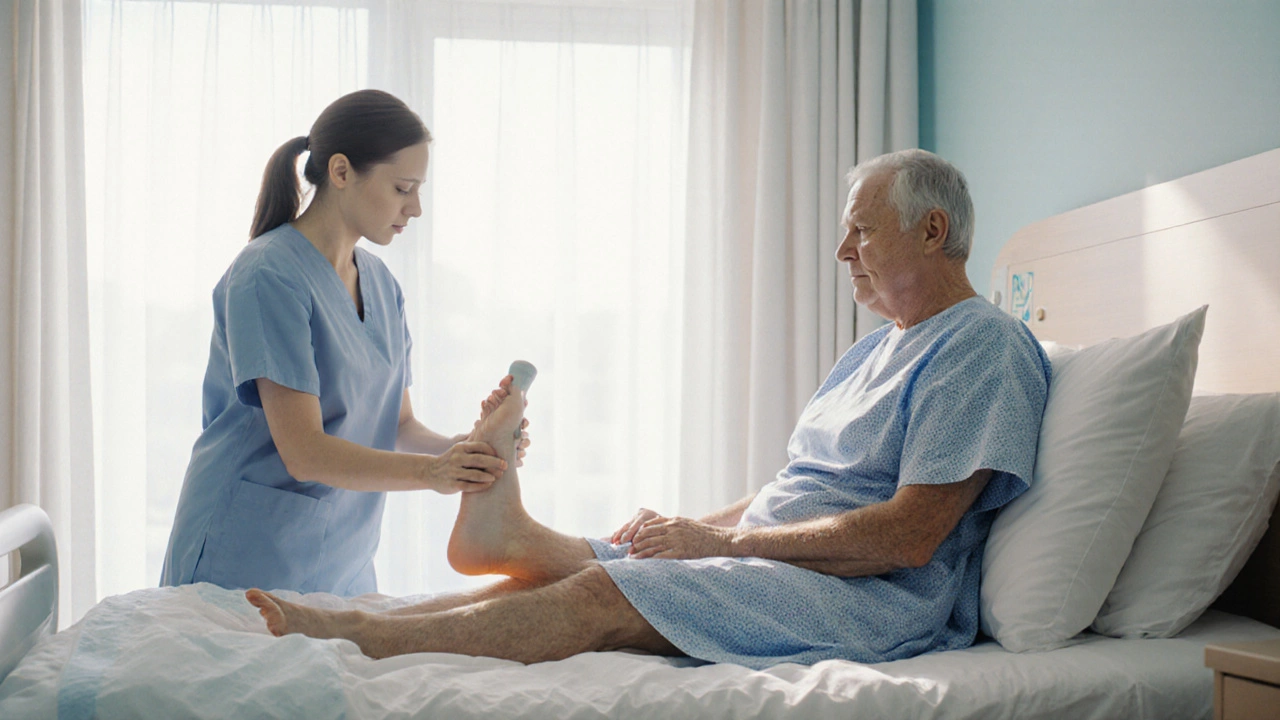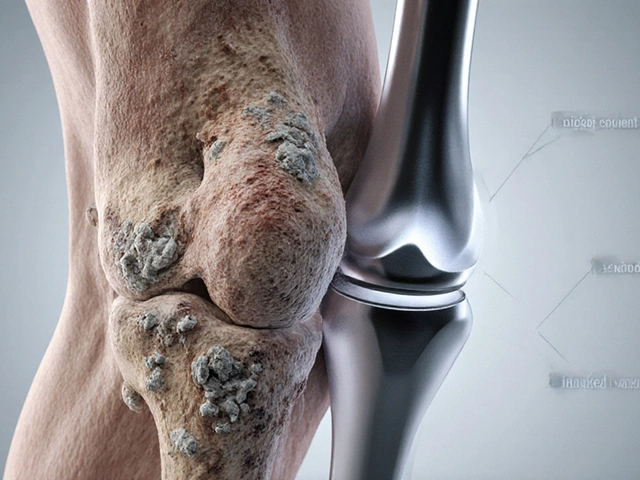Outpatient Physiotherapy: What It Is and How It Helps Recovery at Home
When you need to rebuild strength after surgery, injury, or chronic pain, outpatient physiotherapy, a form of physical rehabilitation done outside a hospital setting, typically in clinics or therapy centers. Also known as outpatient physical therapy, it lets you get expert care while still living at home—no overnight stays, no hospital bills, just focused movement and healing. This isn’t just stretching and massage. It’s science-backed movement therapy designed to restore function, reduce pain, and get you back to daily life faster.
People often start outpatient physiotherapy after knee replacement, a common orthopedic surgery where damaged joint surfaces are replaced with artificial components, or rotator cuff repair, a procedure to fix torn shoulder tendons, often needed after sports injuries or aging-related wear. But it’s not just for surgery. If you have ongoing joint pain, a persistent discomfort in hips, knees, shoulders, or spine that limits movement and daily tasks, or muscle recovery, the process of restoring strength and flexibility after strain, overuse, or trauma, outpatient physiotherapy gives you a clear path forward. Therapists assess your mobility, design personalized exercises, track progress, and adjust treatment as you heal. No two plans are the same—your therapy matches your body, your goals, and your schedule.
What makes outpatient physiotherapy different from inpatient care? You’re not stuck in a hospital bed. You come in for 30 to 60 minutes, two to three times a week, do your exercises with guidance, then go home. You practice movements in real-life settings—walking stairs, lifting groceries, getting out of a chair—so your body learns what it needs to do outside the clinic. Many patients report less pain, better balance, and more independence within weeks. And because you’re managing your own recovery between visits, you build habits that last long after therapy ends.
You don’t need a referral in every case, but most insurance plans in India cover outpatient physiotherapy when it’s linked to a diagnosed condition. Therapists often work alongside orthopedic surgeons, rheumatologists, and neurologists to make sure your care fits the bigger picture. Whether you’re recovering from a fall, managing arthritis, or returning to work after a back injury, outpatient physiotherapy gives you control over your healing—not just waiting for pain to fade.
Below, you’ll find real stories and facts from people who’ve been through it—their challenges, breakthroughs, and the exact steps that helped them move better. Whether you’re just starting out or wondering if you’re doing enough, these posts give you the clarity you need.
Average Rehab Stay After Knee Replacement: What to Expect
Find out the typical inpatient and outpatient rehab lengths after knee replacement, what influences stay duration, and tips to speed recovery.





